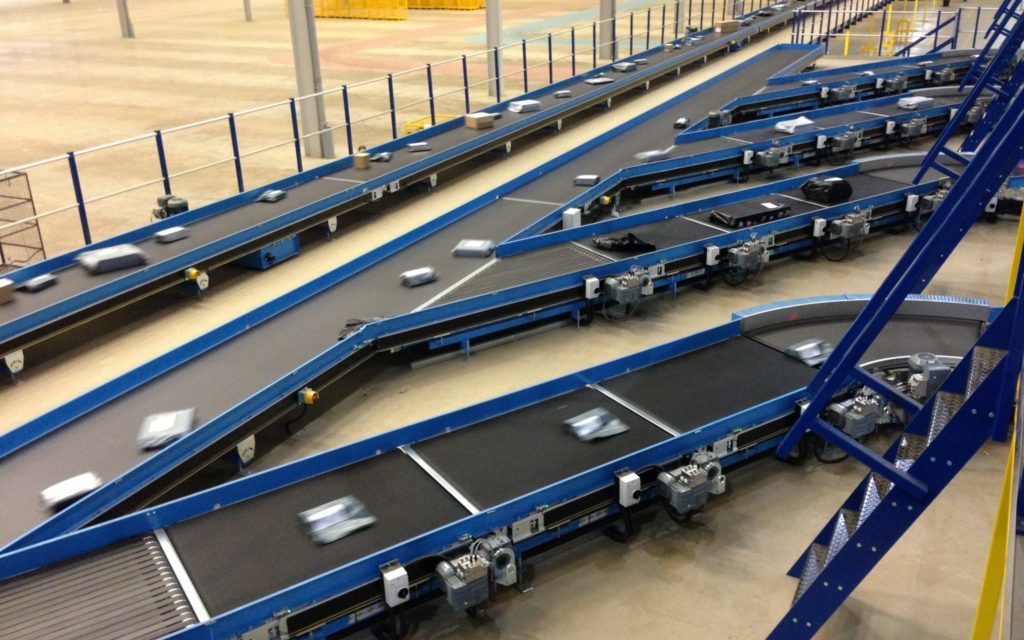
Image Source: Google
Conveyor belts play a crucial role in various industries, facilitating the transportation of materials and products efficiently. Quality heat-resistant conveyor belts are particularly essential for industries that operate in high-temperature environments such as steel mills, foundries, and cement plants.
Production Process
Selection of Materials
- The production of a heat-resistant conveyor belt starts with the selection of high-quality materials that can withstand extreme temperatures.
- Special polymers and rubber compounds are chosen to ensure the belt's durability and heat resistance.
Fabrication and Vulcanization
- The selected materials are fabricated into a strong, flexible belt that can withstand the rigors of industrial applications.
- The belt is then vulcanized, a process that involves applying heat and pressure to bond the materials together, ensuring maximum strength and heat resistance.
Quality Control
- Throughout the production process, quality control measures are implemented to ensure that the belt meets the manufacturer's standards for performance and durability.
- Each belt is subjected to rigorous testing to verify its heat resistance, tensile strength, and overall quality before it is ready for use.
Installation and Maintenance
Professional Installation
- Once the heat-resistant conveyor belt is produced, it is installed by a team of professionals who have expertise in conveyor systems.
- Proper installation is crucial to ensure the belt operates smoothly and safely in the high-temperature environment of the industrial facility.
Regular Inspections
- To maintain optimal performance, the conveyor belt undergoes regular inspections to identify any signs of wear, damage, or malfunction.
- Inspections help prevent unexpected breakdowns and prolong the belt's lifespan, saving time and money for the manufacturer.
Scheduled Maintenance
- Scheduled maintenance activities, such as cleaning, lubrication, and adjustments, are carried out to keep the conveyor belt in top condition.
- Proper maintenance also includes replacing worn components and addressing any issues that may affect the belt's performance.
Performance in Industrial Settings
High-Temperature Resistance
- The heat-resistant conveyor belt is designed to withstand temperatures ranging from 200°F to 1000°F, making it ideal for applications in industries with extreme heat.
- Its specialized construction and materials ensure that the belt maintains its integrity and performance even in the harshest conditions.
Efficient Material Handling
- With its smooth operation and high durability, the conveyor belt enables efficient material handling processes, allowing for continuous production and minimal downtime.
- Its resistance to heat and wear ensures that materials are transported safely and reliably throughout the facility.
Improved Workplace Safety
- By using a heat-resistant conveyor belt, industrial facilities can enhance workplace safety by reducing the risk of accidents and equipment failures caused by high temperatures.
- The belt's reliability and performance contribute to a safer working environment for employees.
Conclusion
From its production using high-quality materials and advanced fabrication techniques to its performance in industrial settings, the journey of a heat-resistant conveyor belt at a top manufacturer is a testament to innovation and excellence. By investing in a reliable and durable conveyor belt, industrial facilities can enhance their efficiency, safety, and productivity, ultimately leading to business success.